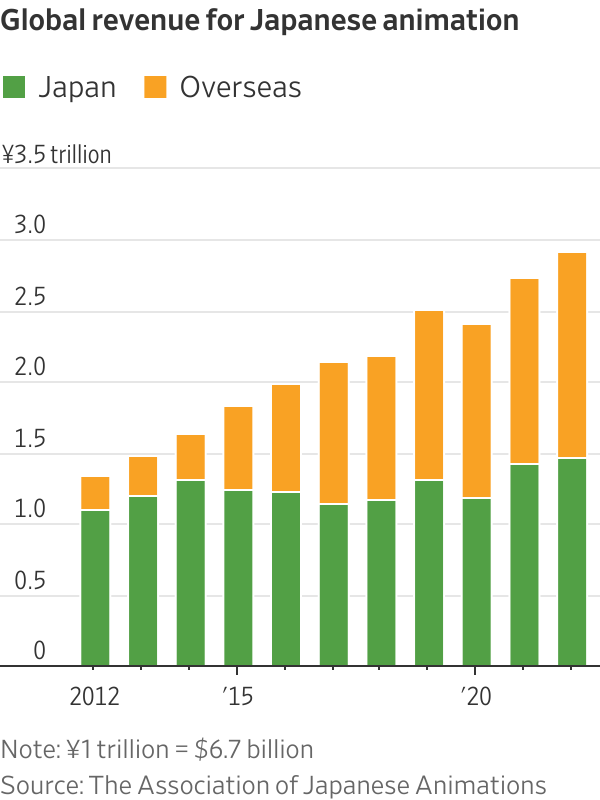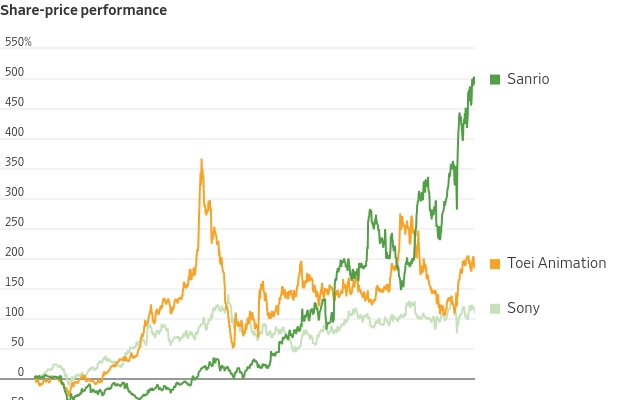10 Defining Themes For The Future Of Wealth Management
A list of new commandments for money management.
A list of new commandments for money management.
J. Pierpont Morgan would be proud that many of the historical tenets of the asset- and wealth-management industry still form the bedrock of how money is managed in modern times. The fund’s 150-year track record is a testament to our industry’s founding principle: While the world may change, clients’ desire for investment expertise and personalised service won’t.
With that in mind, here are 10 key themes that we look forward to helping our clients navigate in the future.
1) Price. Ever since I entered the asset-management industry, sceptics have warned that fee pressure will destroy profitability and detract top talent from the profession. Fees in every industry compress at some point. Successful firms of the future will thrive by either providing commodity-like products at scale for near-zero cost, or delivering hard-to-access insights and exposures that command a premium. Our industry must strive for continuous improvement on both ends of the spectrum.
2) Scale is a matter of survival. With compressed pricing, heavy regulatory controls, and immense spend on data, analytics, and risk-management tools, firms need a relentless focus on operational efficiency, a rigorous control framework, and a disciplined prioritization process around investments for the future. In this context, scale is key. Mergers and acquisitions and outsourcing of sub-scale and noncore capabilities to service providers will enable smaller firms to refocus their efforts back into their most important asset: talent.
3) Actively advising clients. If we learned anything from the Covid-19 crisis, it is the need for sound advice in volatile times. During that time, thousands of actively managed funds outperformed their passive alternatives across asset classes and portfolios. While markets may be efficient, manager selection is key and clients need guidance. The average industry return of a balanced portfolio over the past two decades was 6.4% annually, while the actual experience of the average retail investor was only 2.9%, a stark reminder of how critical hands-on advice is.
4) Impact and purpose. Portfolio managers and research analysts have become essential for investors seeking to make an impact in the world through their assets. Over 80% of surveyed CIOs expressed intent to invest in environmentally and socially conscious companies. Analyzing CEOs and their management teams is no longer just about inquiring about their financial and operational expertise and vision, but also about the impact they make on their communities and the planet. Rising demand for companies that drive positive change will create a virtuous cycle of asset allocation for good.
5) Personalization. Today’s investors want to be intentional, not passive, in investing. They care about taxes and want to overweight companies that can make a difference. They want to avoid whole sectors, or actively own and vote on a company’s strategic plans. Giving clients the freedom to pursue their very specific objectives in a highly customized manner will continue to drive innovation in our industry.
6) Stable and predictable incomes. Millions of investors around the world have come to rely on their investment portfolios as a stable source of income. With individuals enjoying longer life spans and more active lifestyles, especially during retirement years, asset managers need to adapt their strategies to provide for a stable and predictable flow of income every month. Along the same lines, saving needs to start at a young age. Today, less than 40% of Americans have enough savings to pay for an unexpected $1,000 expense in cash. It is our collective responsibility to educate and advise on what is required to cover all of life’s events and milestones.
7) Understanding China. The pandemic has highlighted the interconnectivity of the world and how important China is to supply chains and new innovations. Against this backdrop, it is irresponsible to be a fiduciary of client capital and not have a deep understanding of places like China. It is hard to imagine having a true grasp of competitive global forces without on-the-ground insights of the economies, cultures, and politics of re-emerging global marketplaces. After 100 years of being on the ground in China, J.P. Morgan is poised to become the first foreign asset manager to acquire full ownership of a Chinese fund manager, pending regulatory approval. That kind of commitment will contribute massively to our global research network.
8) Technology drives everything. To adapt to the velocity of progress and change, technology is providing our industry access, speed, and agility like never before. With more technologists than Google and Facebook combined, J.P. Morgan invests over $12 billion annually in technology to help empower our clients and employees to work faster and more seamlessly in ever-changing markets. We need to be forward thinking and have the ability to be a disruptor. Agile, collaborative partnerships between technologists and their businesses will drive innovation and speed to market at an exponential pace.
9) Access. With a global footprint and a full suite of investment vehicles, asset managers must continue to focus on enabling first-time investors to invest in previously inaccessible areas. We are finding ways to provide more opportunities, more choice, and more power to people. Investments once only available to the largest investors in the world are now being accessed by the everyday investor. Democratization of markets should create better outcomes for investors of all sizes.
10) A new flexibility. Our industry adapted quite seamlessly to a previously unimaginable work-from-home scenario. As such, increased flexibility will broaden talent pools and should promote greater diversity. While never losing the apprenticeship nature of our business, we should continue to find new ways of working with one another to generate even greater success.
In coming years, the industry’s winners will remain obsessed about their fiduciary responsibilities. As stewards of capital, the ability to leverage technology and scale to deliver the same extraordinary experience for every investor, with $100 or $100 million, is now within reach.
Reprinted by permission of Barron’s. Copyright 2021 Dow Jones & Company. Inc. All Rights Reserved Worldwide. Original date of publication: May 14, 2021.
 Copyright 2020, Dow Jones & Company, Inc. All Rights Reserved Worldwide. LEARN MORE
Copyright 2020, Dow Jones & Company, Inc. All Rights Reserved Worldwide. LEARN MORE
What a quarter-million dollars gets you in the western capital.
Alexandre de Betak and his wife are focusing on their most personal project yet.
Move over, Marvel. The next blockbuster entertainment franchise might come from Japan.
Anime is shaping up as the country’s next big export industry, beyond cars and electronics. This once-niche entertainment form is entering the worldwide mainstream , and its growth could light up investors’ portfolios.
The global market for Japanese animation, known as anime, and its related products has more than doubled between 2012 and 2022 to 2.9 trillion yen, equivalent to $20 billion, according to the Association of Japanese Animations. The overseas market has been driving that growth. Markets outside of Japan made up around half of the total in 2022, compared with around 18% a decade earlier.
Streaming companies such as Netflix are certainly taking notice. Its live-action series “One Piece,” based on a Japanese comic, was its most-watched show in the second half of 2023. In fact, anime content on Netflix in the period logged 14% viewing growth from the first half of 2023, compared with a 4% drop overall, according to Jefferies. These streaming platforms will continue to introduce more anime-related content to their global audiences.

Japan’s anime and manga, the Japanese word for comics, have created many well-known characters and franchises over the years, such as Pokémon. And it looks to be getting even more mainstream. The anime market in North America has grown from $1.6 billion in 2018 to $4 billion this year, according to Jefferies. And Asia, which has long been more receptive to anime, will likely continue to grow strongly, especially in China. Anime has also been popular on Chinese streaming platforms such as Bilibili .
Apart from streaming, selling merchandise can be even more lucrative. Sanrio , which owns characters like Hello Kitty , has reported record profits, with its share price rising nearly sixfold over the past five years.
Sony would be another major beneficiary of this trend . The company owns animation streaming service Crunchyroll, which had 15 million subscribers as of June. That compared with around 3 million subscribers when Sony announced the acquisition of the streaming service from AT&T for nearly $1.2 billion in 2020. This contrasts with Sony’s approach in online streaming for other content: It acts more like an “arms dealer,” selling movies and shows to platforms such as Netflix and Amazon.com . That means the company could benefit more directly from the anime boom. And anime also has strong synergies with its movie and game businesses .
Anime maker Toei Animation, which owns popular franchises such as “One Piece” and “Dragon Ball,” is another listed company that would benefit. It makes anime itself, but more important for the overseas markets, it also earns licensing revenue from the copyrights to popular franchises that it owns. Sales outside of Japan accounted for more than half of its total revenue in the latest fiscal year ended in March. Season two for Netflix’s “One Piece” is already in production. Toei stock has nearly tripled since the end of 2019.
Anime has blockbuster potential, not just for audiences but for investors as well.
